Spectacular Images Reveal Mysterious Stone Structures in Saudi Arabia
Enigmatic keyhole pendants

Enigmatic stone structures, which archaeologists call "keyhole pendants," can be seen in this Google Earth satellite image. They sometimes contain cairns, which may have been used for a burial. While dimensions and numbers can be made out, the image appears fuzzy.
Keyhole pendants from above
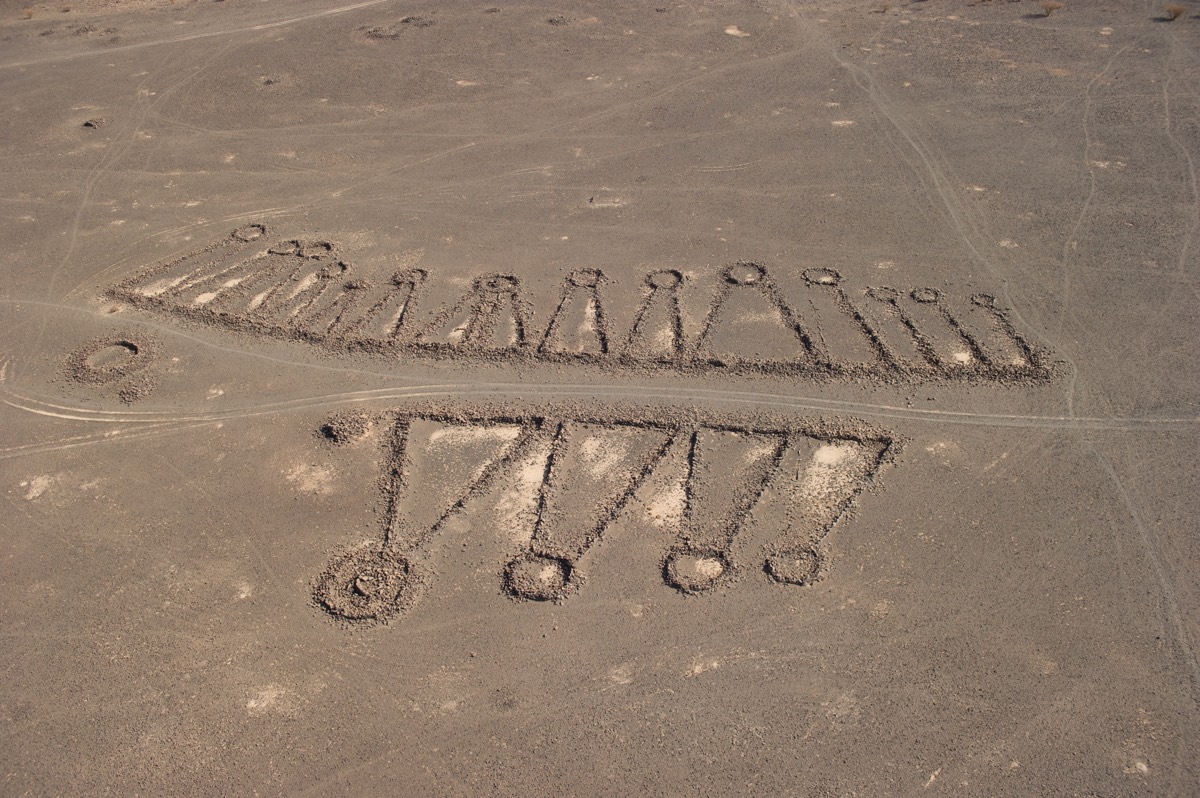
Aerial photographs and ground inspection of the keyhole pendants in Saudi Arabia reveal more details of the enigmatic structures. [Read more about aerial archaeology in Saudi Arabia]
Inside the keyhole

For instance, this keyhole pendant, which is the largest of the group, is about 102 feet (31 meters) long and contains a cairn that is 11 feet (3.5 meters) in diameter within the circular portion. The detailed aerial view also shows that the walls of the triangular section consist of coursed blocks in straight lines, rather than heaped boulders, a feature seen in another pendant a few hundred meters to the northeast.
Harret Khaybar kite

Here, a photo of a "kite" on the Harret Khaybar in Saudi Arabia. Archaeologists generally agree that structures like this were used for hunting animals in the Middle East. Animals could be chased in, trapped and killed. This kite stretches over 1,969 feet (600 meters) from tip to tail.
Walls of keyhole pendant
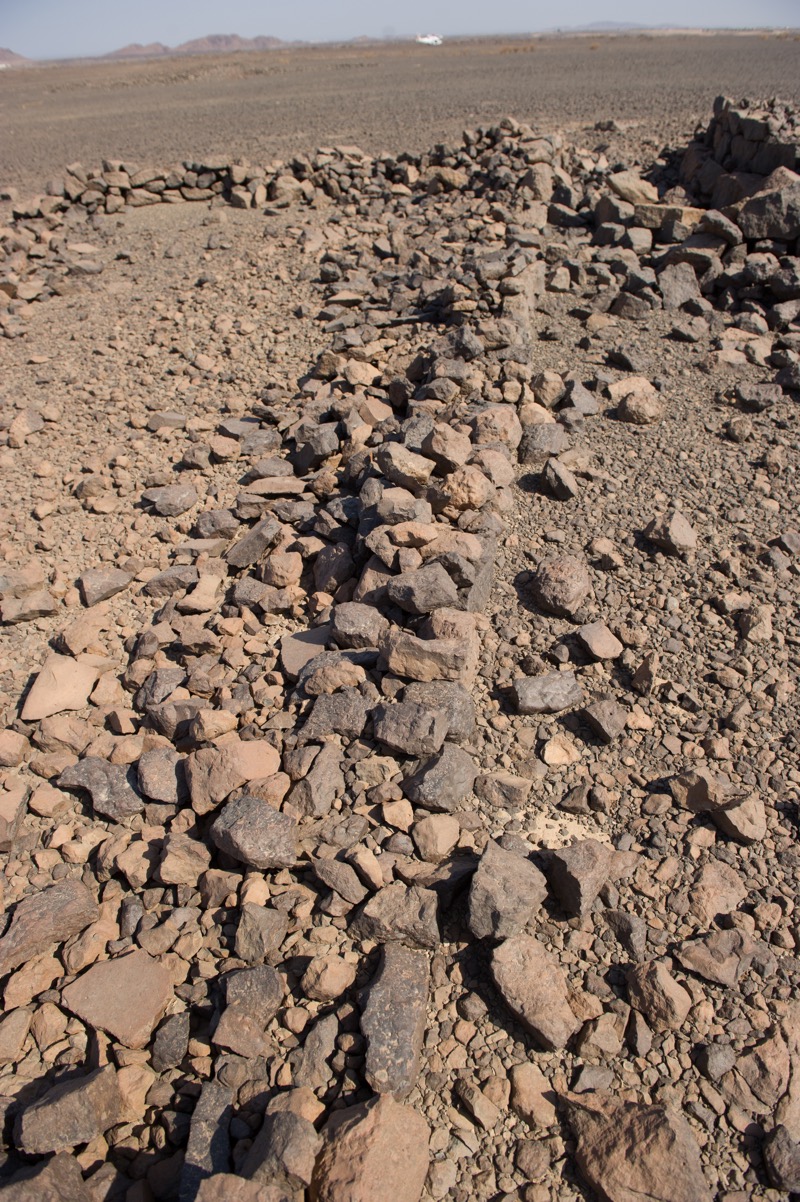
A view of the walls of one of the keyhole pendants. It's uncertain when these pendants date to. More archaeological fieldwork is needed to understand the keyhole pendants and other stone structures in Saudi Arabia.
Kite hides
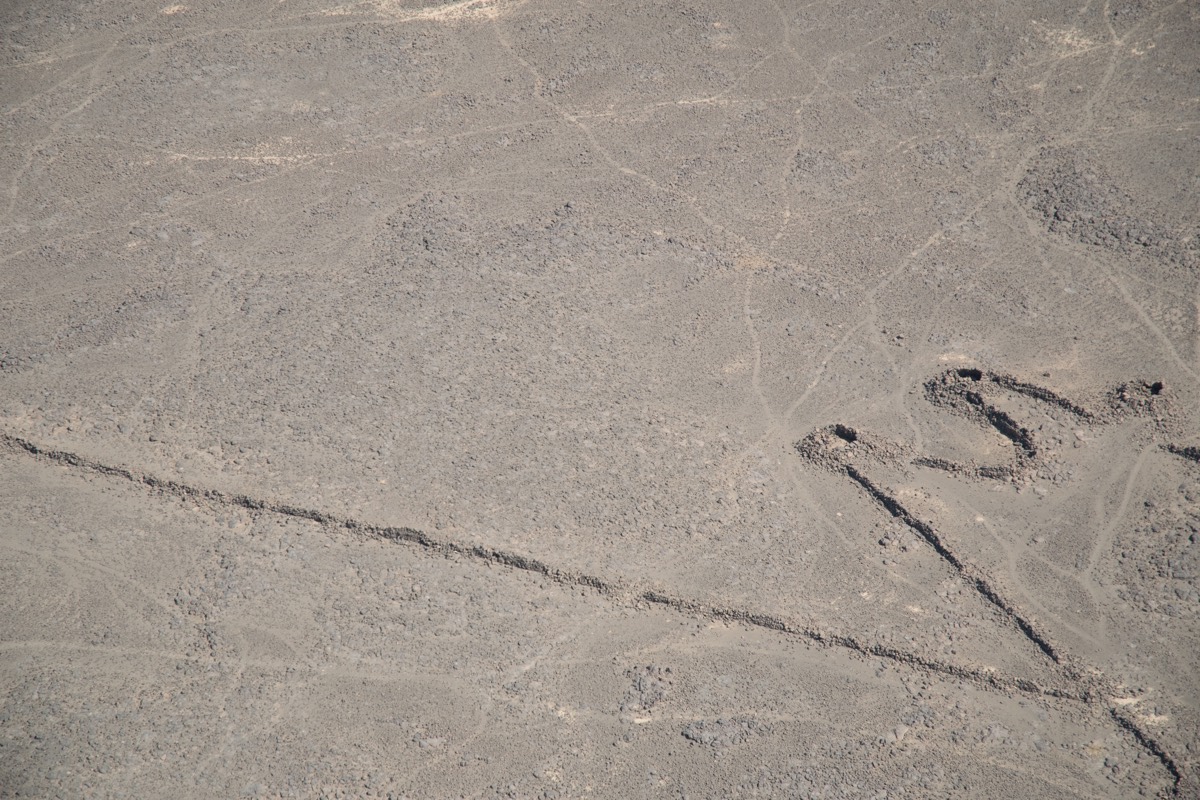
Long ago, hunters could wait within the "hides" of a kite before killing the animals. The hides of the kites in Saudi Arabia seem to be remarkably well preserved.
Pendant of cairns
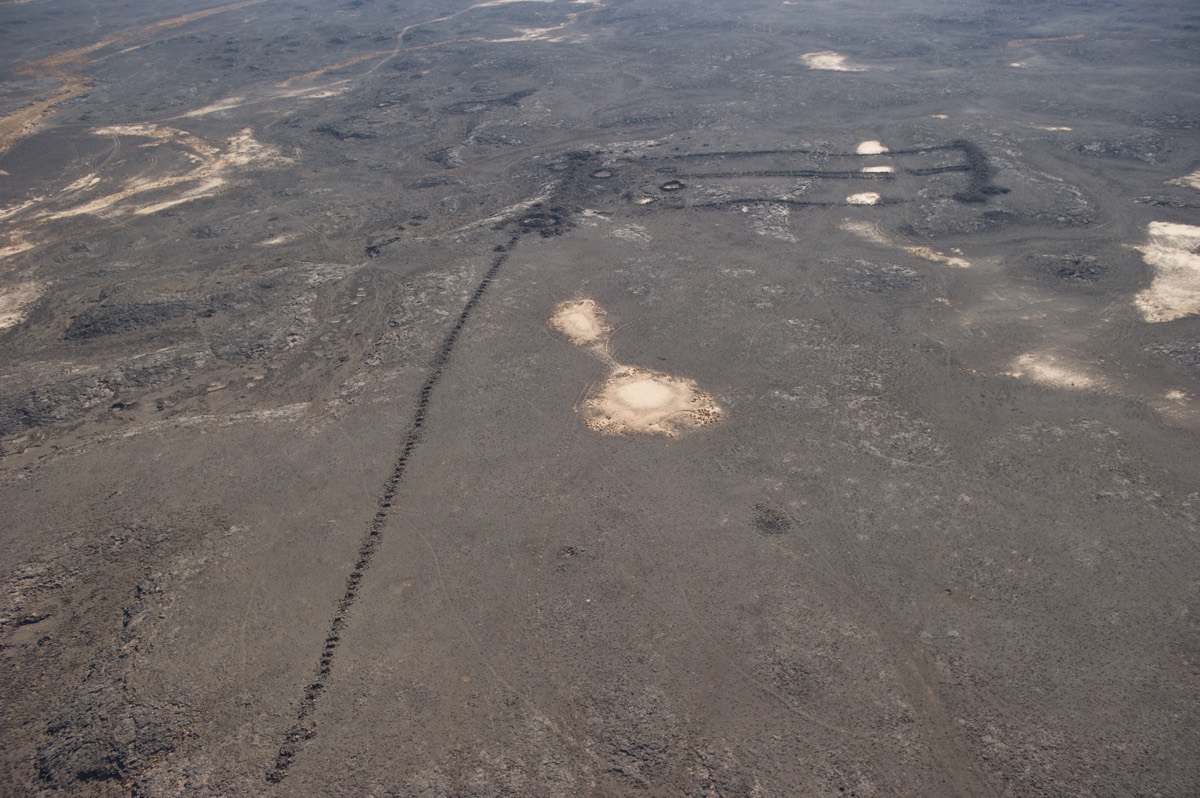
Here, 100 cairns trail off in a straight line from a cairn that overlies a gate that is 476 by 236 feet (145 by 72 meters) in size. Archaeologists call this straight line of cairns and smaller cairns a pendant. It's not known why this site was constructed this way.
Get the world’s most fascinating discoveries delivered straight to your inbox.
Close-up of pendant of cairns
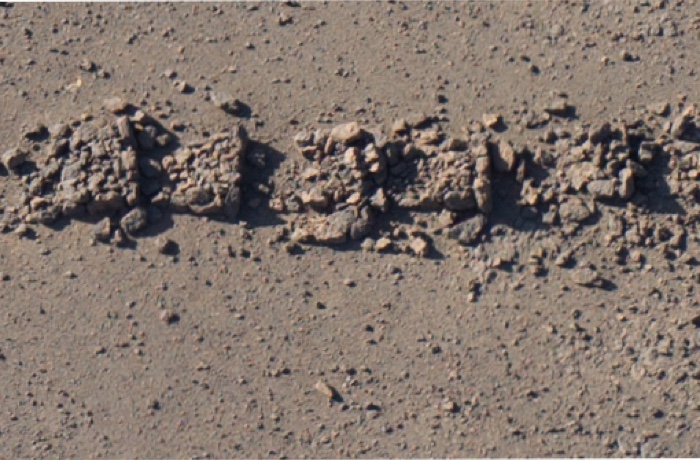
A close-up view of the 100 cairns that stretch out from the gate. The cairns have a rectangular shape and are not simply heaps of rocks.
Looted bullseye

A close-up view of a bullseye showing that it is about 39 feet (12 meters) in diameter. The cairn at center is open, suggesting that it was looted at some point.
Cutting through the bullseye
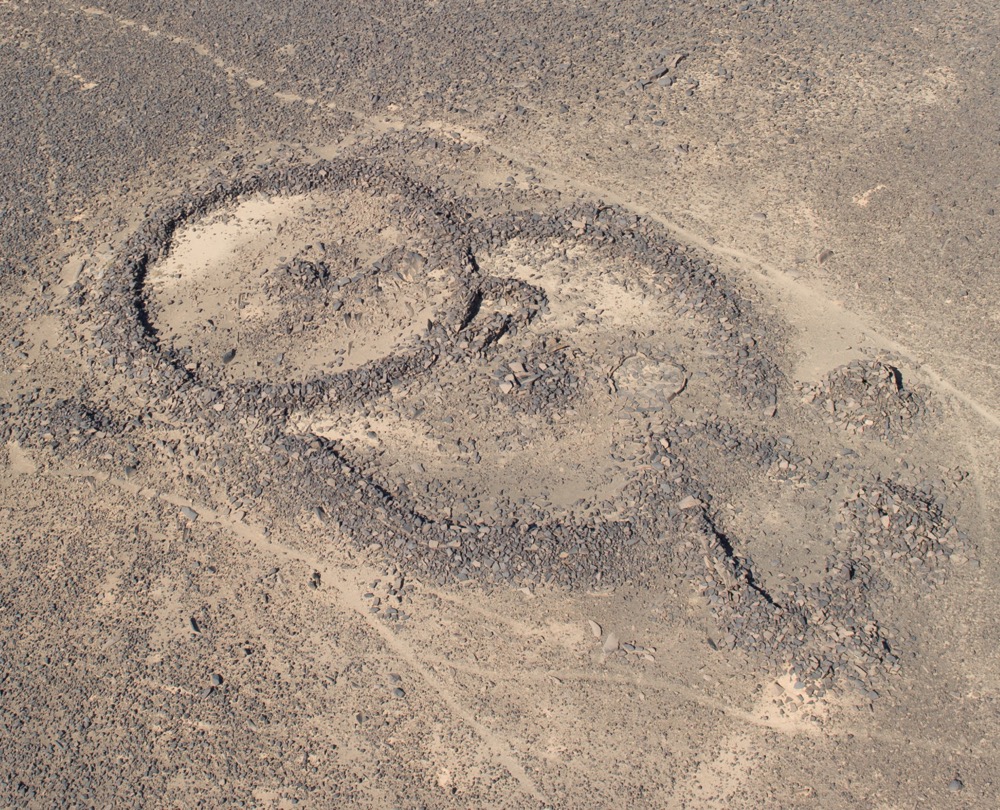
The triangle and the smaller bullseye both cut through the bullseye that has the pendant coming from it. There is also a paved area that is located right of center of the triangle's apex.

Owen Jarus is a regular contributor to Live Science who writes about archaeology and humans' past. He has also written for The Independent (UK), The Canadian Press (CP) and The Associated Press (AP), among others. Owen has a bachelor of arts degree from the University of Toronto and a journalism degree from Ryerson University.


